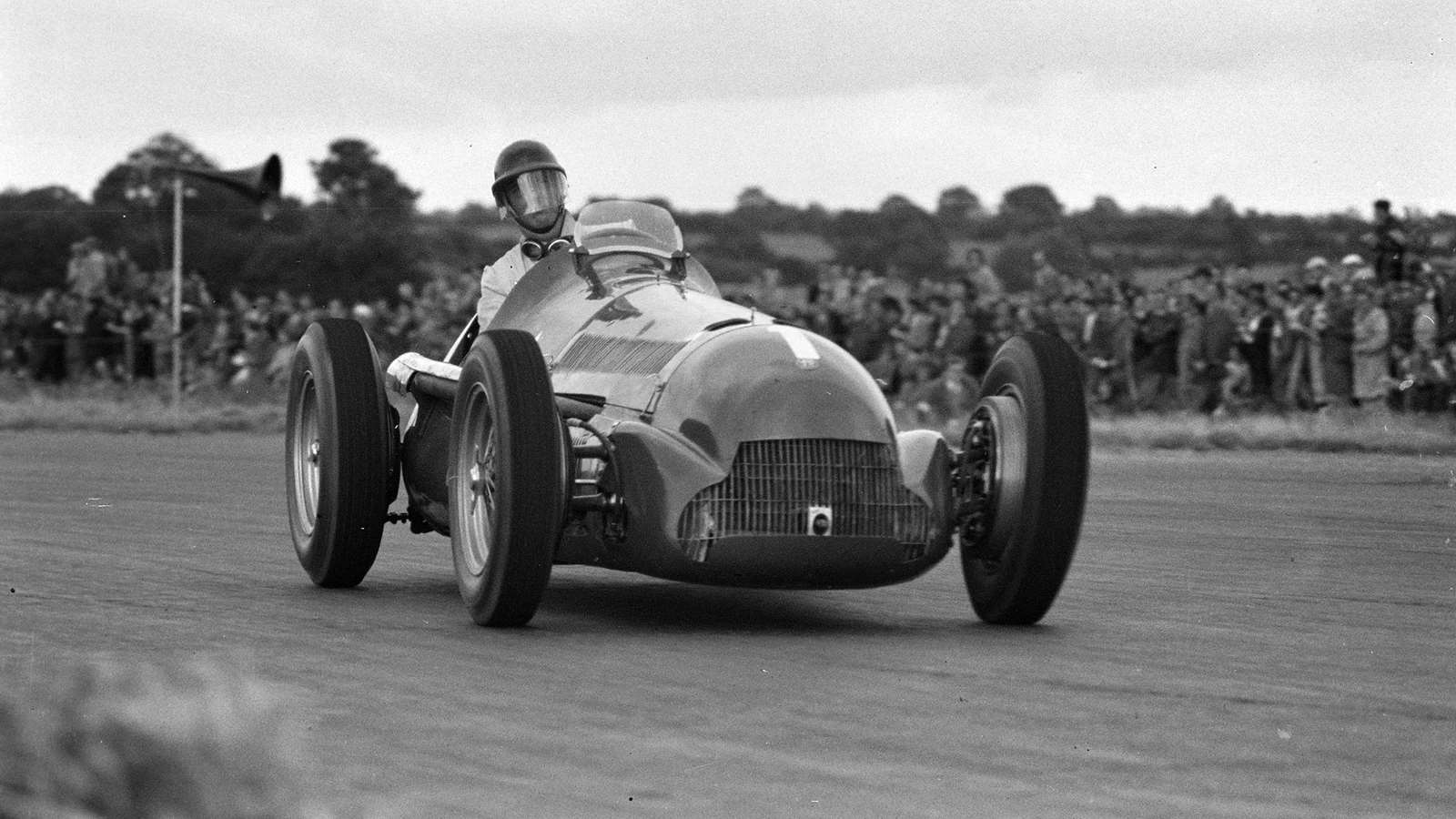Race Car & Racing Development
This article will discuss the art as well as the science of race car driving as it evolved through the history of motorsport. When four-wheel brakes were still a rarity and suspension was considered a black art. From the time that drivers held a tiller instead of a steering wheel to where we find ourselves today and the purist’s battle against driver’s aids.
The Art of Race Car Driving
“At the first bend, I had the clear sensation that Tazio had taken it badly and that we would end up in the ditch; I felt myself stiffen as I waited for the crunch. Instead, we found ourselves on the next straight with the car in a perfect position. I looked at him, his rugged face was calm, just as it always was, and certainly not the face of someone who had just escaped a hair-raising spin. I had the same sensation at the second bend. By the fourth or fifth bend I began to understand; in the meantime, I had noticed that through the entire bend Tazio did not lift his foot from the accelerator, and that, in fact, it was flat on the floor. As bend followed bend, I discovered his secret. Nuvolari entered the bend somewhat earlier than my driver’s instinct would have told me to. But he went into the bend in an unusual way: with one movement he aimed the nose of the car at the inside edge, just where the curve itself started. His foot was flat down, and he had obviously changed down to the right gear before going through this fearsome rigmarole. In this way he put the car into a four-wheel drift, making the most of the thrust of the centrifugal force and keeping it on the road with the traction of the driving wheels. Throughout the bend the car shaved the inside edge, and when the bend turned into the straight the car was in the normal position for accelerating down it, with no need for any corrections.” – Enzo Ferrari
No Subscription? You’re missing out
Get immediate ad-free access to all our premium content.
Get Started



